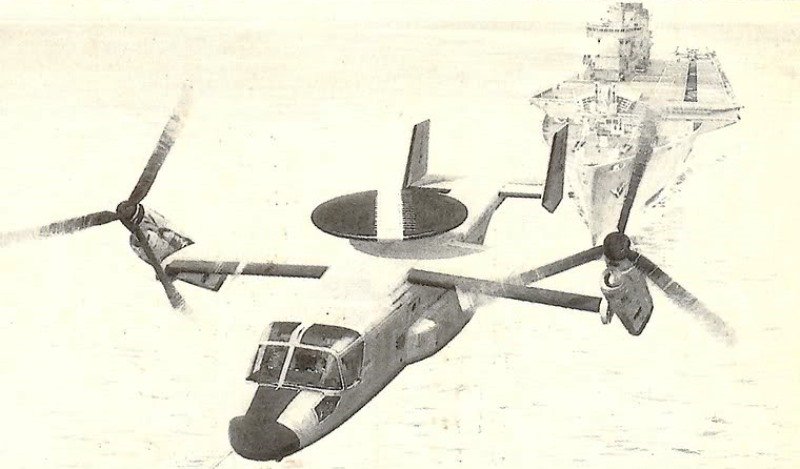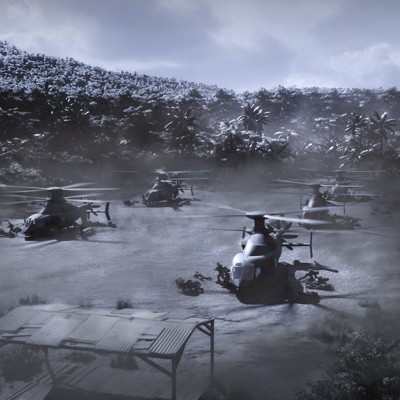- Joined
- 11 March 2012
- Messages
- 3,016
- Reaction score
- 2,698
The belly-mounted radar reminds us of the long-range radar retrofitted to (British) Royal Navy Sea King helicopters during the Falklands War in 1982.Looking past/through propeller blades isn't that big a problem. E-2 has a similar thing and it's just never been a major issue.
There are at least two configurations shown for V-22 AEW aircraft. One has a dorsal radome -- either a traditional disk or a fixed triangular housing, depending on the timeframe.


The other is basically the existing Cerberus AEW radar on a pallet that lowers the radome out the rear ramp. The USMC was interested in the latter (as TOSS) for tracking both air and surface targets, but nothing came of it.

Boeing, NAVSEA Hoping To Find A Home For TOSS - Defense Daily
By Geoff Fein Boeing wants to keep alive an effort to install aboard a MV-22 Osprey a triple mode radar that would provide airborne early warning, groundwww.defensedaily.com

A similar extendable radar was later fitted to a few RN EH101 Merlins for the naval AEW role.
Last edited:


